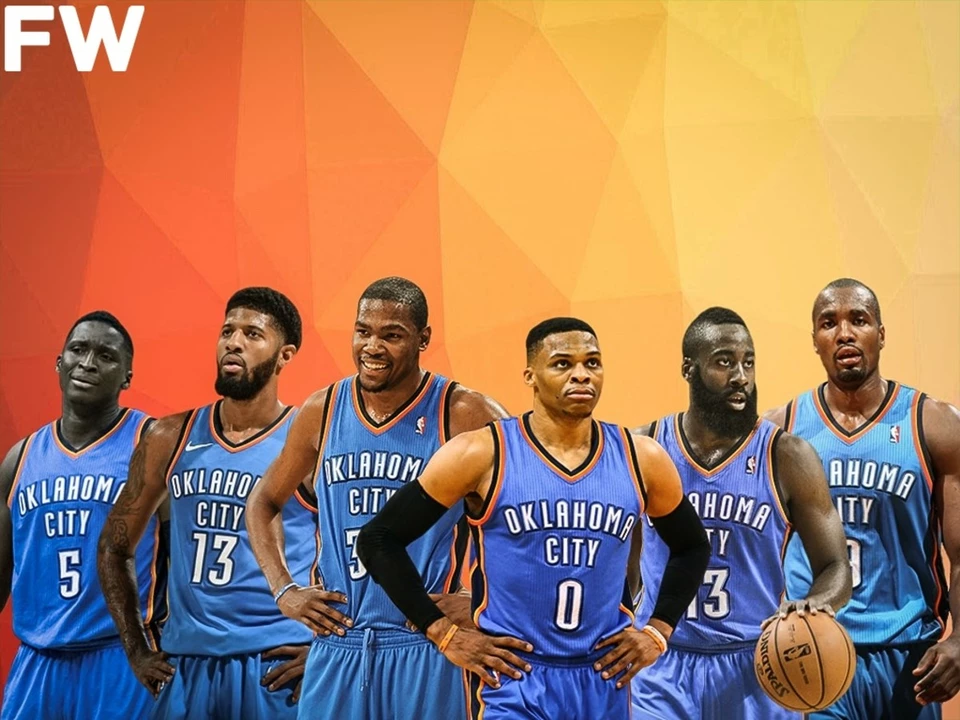Team Names – What They Mean and Why They Matter
When talking about team names, the words a club, franchise, or squad uses to identify itself on the field or court. Also known as team monikers, they blend history, geography and marketing. Branding, the visual and verbal system that promotes a team leans heavily on a good name, while Fan culture, the shared rituals and language of supporters often adopts nicknames that echo the official title. Finally, Team identity, the personality and values a club projects is built around the name as a core pillar.
Team names aren’t random; they’re a mix of local pride and market strategy. A city’s nickname, a historic event, or a symbolic animal can become the brand’s cornerstone. For example, clubs in coastal towns may pick “Sharks” or “Seagulls” to evoke the sea, while industrial cities often opt for “Warriors” or “Steel” to signal toughness. This pattern shows the first semantic triple: team names encompass local culture. It also highlights how team names influence fan culture—supporters chant the name, wear it on merch, and bond over it.
Branding requires a name that works visually and audibly. When a logo designer creates a crest, the name’s length and shape affect readability on jerseys, social media icons and billboards. Short, punchy names like “Lions” or “Jets” scale better than lengthy titles, which is why many franchises shorten their official titles for branding purposes. This creates the second triple: branding requires concise team names. The connection between name design and visual identity is why marketers spend months testing alternatives before a season starts.
Why Team Names Matter to Fans and Sponsors
Fans adopt nicknames that may diverge from the official title yet stay rooted in team identity. Supporters of a club called the “City Athletic Club” might call them the “Blues” because of kit color, creating a nickname that fuels community talk. This illustrates the third triple: fan culture shapes team nicknames. Sponsors also care; a name that resonates locally can boost regional sales, while a globally appealing name helps in overseas markets.
Team identity evolves as the name gains history. A name that survives decades accrues stories—championships, heartbreaks, legendary players. Those narratives become part of the club’s brand equity, making the name itself a marketing asset. Here’s the fourth triple: team identity builds on historic team names. When a club rebrands, it risks losing that equity, which is why many owners choose subtle tweaks rather than complete overhauls.
In modern sports, the digital era forces names to be SEO‑friendly. Short, unique names rank better on search engines, making it easier for fans to find news, tickets and merchandise. That’s why the fifth triple works: SEO optimization influences team naming decisions. Clubs now check domain availability before finalizing a name, ensuring the web presence aligns with the brand.
Geography also drives naming trends. Teams in the United States often use state or city names plus a mascot (e.g., “Chicago Bears”), while European clubs may stick to historic sponsors or local landmarks (e.g., “FC Bayern”). This demonstrates a sixth triple: regional naming conventions affect team names. Understanding those conventions helps fans instantly recognize where a club comes from.
Beyond the main team, academies and women's squads often share the core name with a modifier (“U‑23 Tigers”, “Women’s Warriors”). This practice strengthens overall brand cohesion while giving each sub‑team its own identity. It’s an example of the seventh triple: team naming hierarchy links main clubs and sub‑teams. Fans can rally behind the umbrella brand while still supporting their favorite age group or gender division.
Merchandise sales hinge on how well a name translates onto products. A catchy name prints nicely on caps, jerseys and mugs, boosting revenue streams beyond ticket sales. When a club launches a new kit, the name’s visibility in slogans and hashtags can drive viral moments. This ties back to the earlier branding point, reinforcing that effective team names boost commercial opportunities.
Names also affect rivalries. When two clubs share a city, the contrast in names—like “Reds” vs. “Blues”—fuels the narrative of a derby. Rival fans chant each other’s names, creating a linguistic battlefield that adds excitement each matchday. This adds an eighth triple: team names intensify local rivalries. The storylines built around those names become headline material for sports media.
Finally, think about how a name can inspire future generations. Young players hearing a powerful name like “Titans” may feel motivated to live up to that legacy. Coaches often reference the name’s meaning in pep talks, using it as a rallying cry. That relationship forms the ninth triple: team names inspire player performance. It’s a subtle but real psychological edge.
All these facets—culture, branding, SEO, geography, hierarchy, commerce, rivalry and motivation—show why team names are more than just words on a badge. Below you’ll find a curated selection of articles that dig into specific examples, naming trends, fan reactions and branding case studies, giving you a deeper look at how names shape the world of sports.
